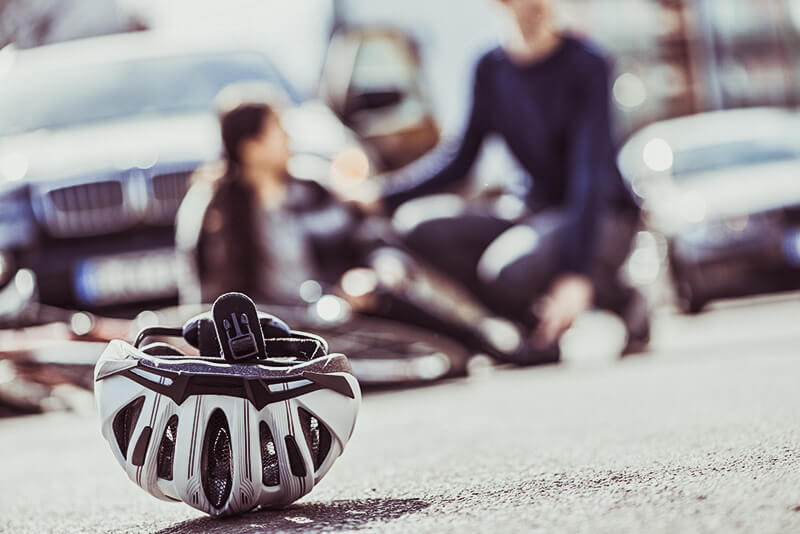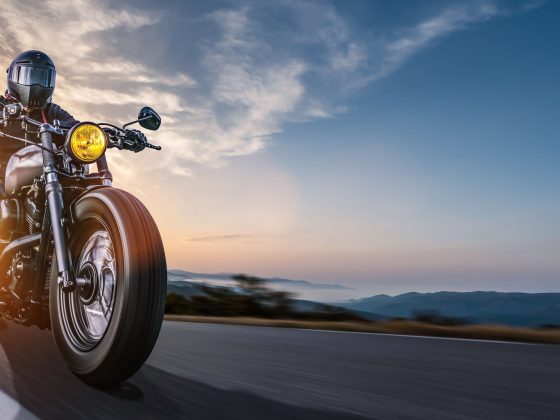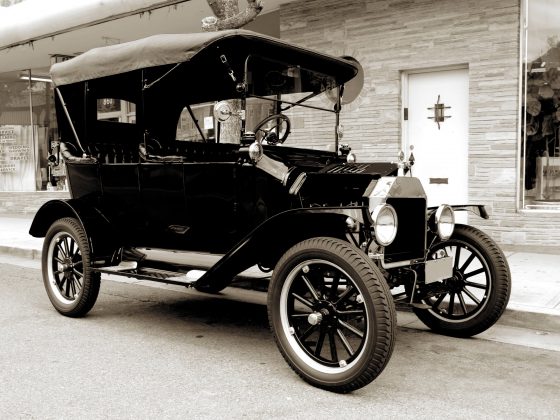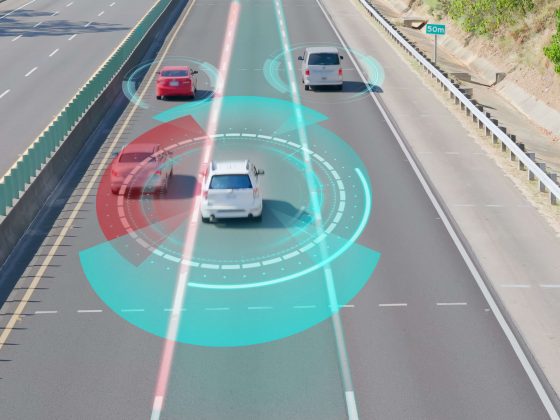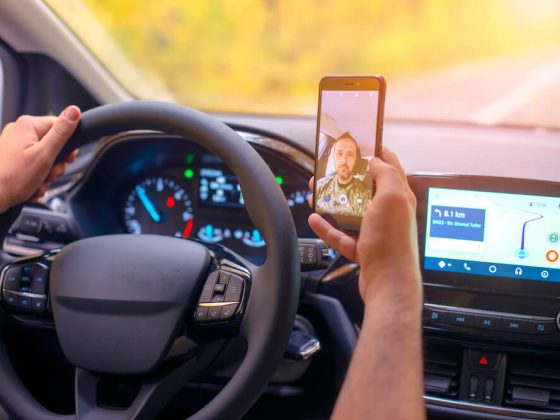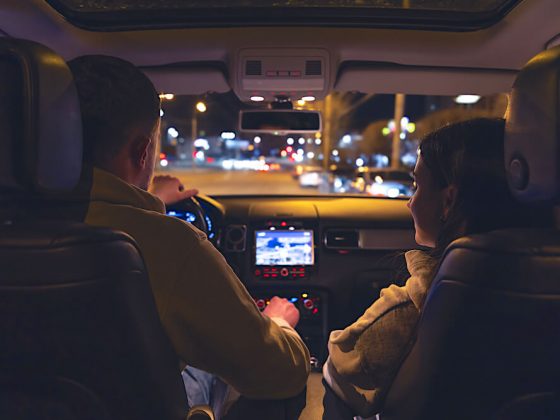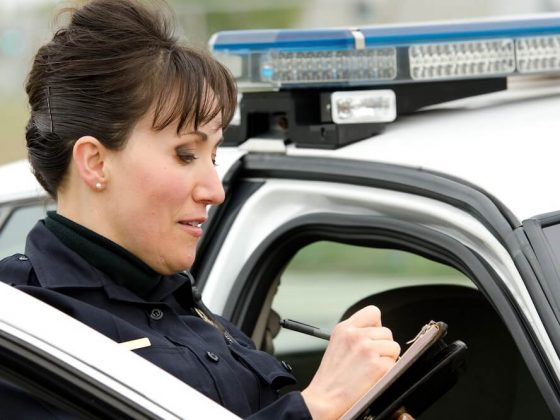Los Angeles is the city of fame and aspiration, but it is also the place where road safety remains an issue.
Use eTags© to Quickly Complete Your DMV Service. Renewals, Title Transfers and More, All Online!
Beyond traffic jams and questionable driving skills, cycling in Los Angeles has become a unique issue that’s been hard to tackle.
Recently, Los Angeles was regarded as the worst U.S. city in which to bike according to Bicycling magazine.
Great part of the issue is associated with the increasing number of cyclists getting killed on the roads.
While the city has made many attempts to improve safety for cyclists through safety campaigns including a Swedish project to tackle road fatalities by Vision Zero, things haven’t worked out as planned.
Instead, fatalities involving pedestrians and cyclists has increased.
Cycling in LA has seen zero improvements
In 2018, authorities reported that 21 cyclists died by motor vehicles on LA roads. Such report suggests an increase compared to the 17 cyclists who died on the road in 2015.
Interestingly, 2015 was the year when the major – Eric Garcetti – announced safety plans according to the California Highway Patrol.
Not only have bicycle fatalities increased in the last few years but also pedestrian deaths followed a similar pattern.
82 pedestrians died in 2015, whereas 2018 accounted for 127 deaths according to the L.A. transportation department and the state highway patrol.
Adé Neff, owner of Ride On! Bike Shop/Co-Op – who has an acquaintance who died while riding their bike last year, commented:
“People blame the driver, some blame the cyclist, but no one blames the city for lack of infrastructure. L.A. really wasn’t built as a city that’s friendly to pedestrians, never mind cyclists.”
Tafarai M. Bayne, vice president of the transportation commission for the local transportation department and strategic director of CicLavia, finds road safety in LA rather complex.
Bayne regards LA as a city with a large influx of transportation alternatives and investments in transportation upgrades.
He stresses the conflict between several road users including business owners (who prioritize parking availability), homeowners (who are against public parking) and commuters (who are concerned with more road alternatives).
Such conflict delays better infrastructure and makes traffic even worse.
Bayne said:
“All these concerns can run right up against each other. We have a lot of issues in this city.”
John Russo, chief analytics officer of Keep L.A. Moving, which is a non-profit organization that wants to target the “growing car agenda,” opined that the city is not fixing concerns accordingly.
While Russo is not against road planning or expansions, he advocates for better infrastructure.
Russo said:
“There should be an understanding that major boulevards are there for a reason. We think the city should put bike lanes on side streets.”
Meeting expectations to improve infrastructure
Both cycling safety campaigners and motor vehicle advocates agree that City Hall can do a better job at reconciling expectations.
Garcetti failed to mention the Vision Zero initiative when giving updates of the city address last year, which annoyed few advocates.
As for the $9.9 billion budget assigned for the 2018-2019 period, $91 million is reserved for road safety actions.
Last year, Garcetti commented that the city has completed about a thousand Vision Zero improvements.
Russo, on the other hand, has expressed its commitments to advocate for more bike lanes instead of focusing on main roads.
Russo added:
“If you don’t agree with them, they completely ignore you.”
Though advocates and sympathizers remain positive about the future.
Bayne concluded:
“The general sentiment is that things are improving but Vision Zero efforts need really strong champions and leaders. L.A. has some good champions, but we need more.”
SEE ALSO: 3 Driving Tips To Survive The Intense Florida Heat
